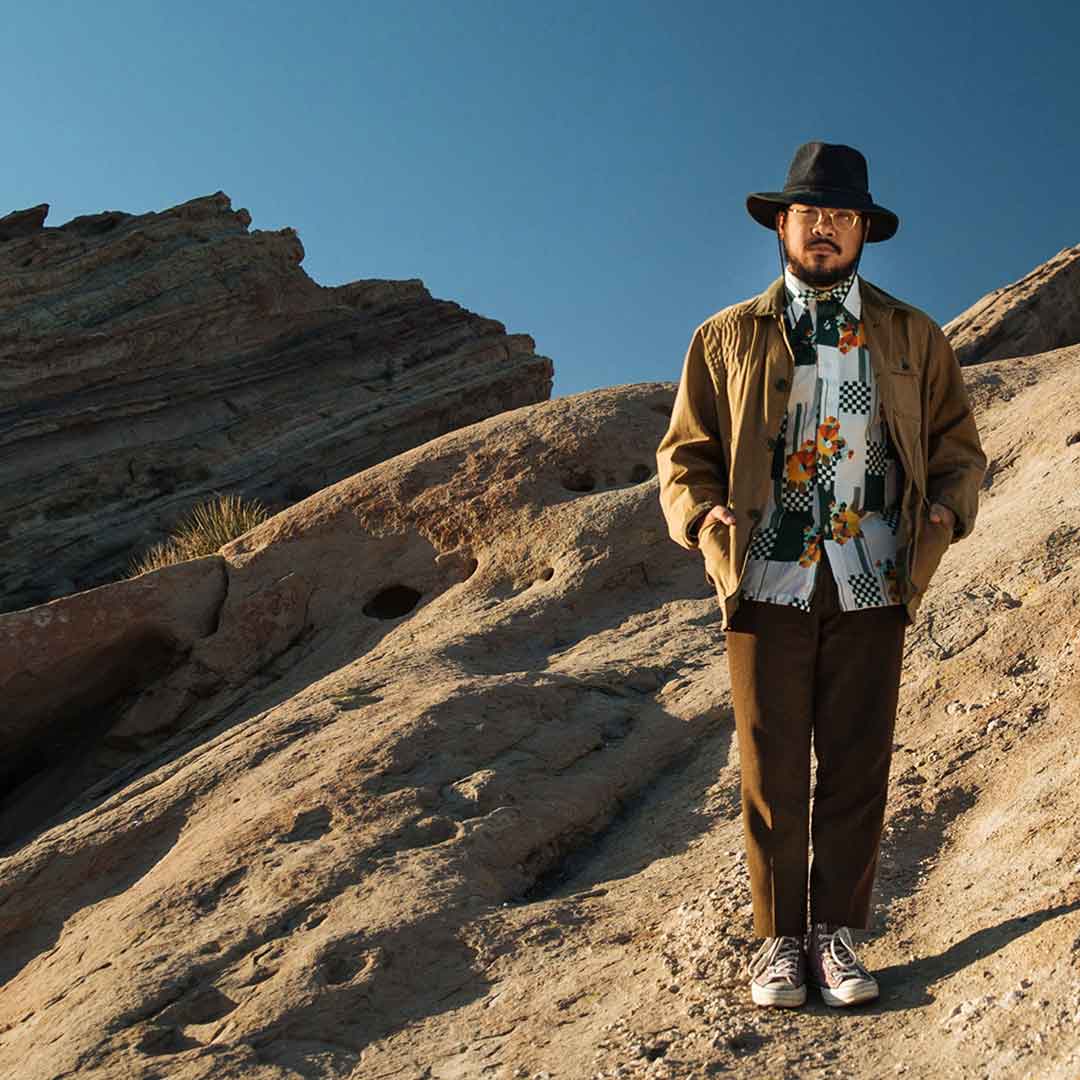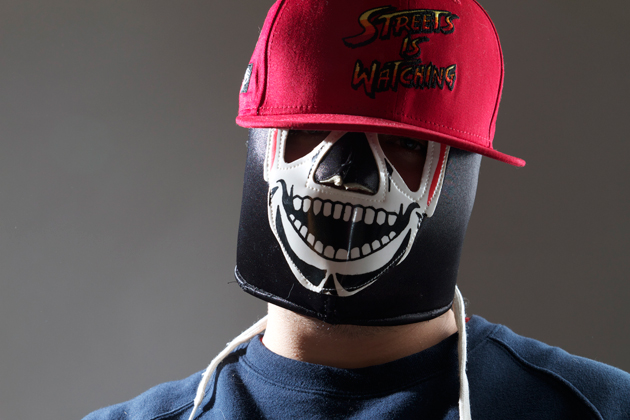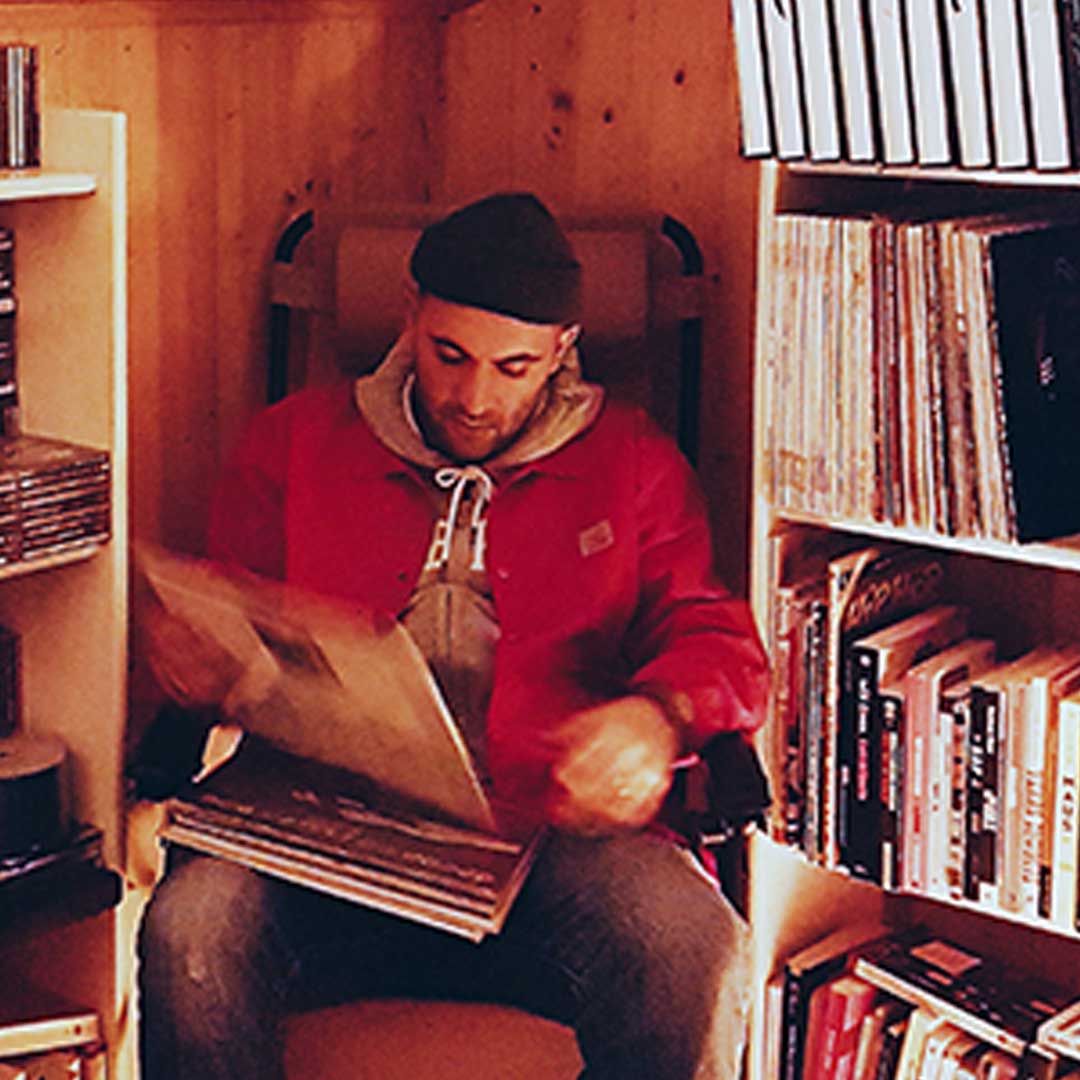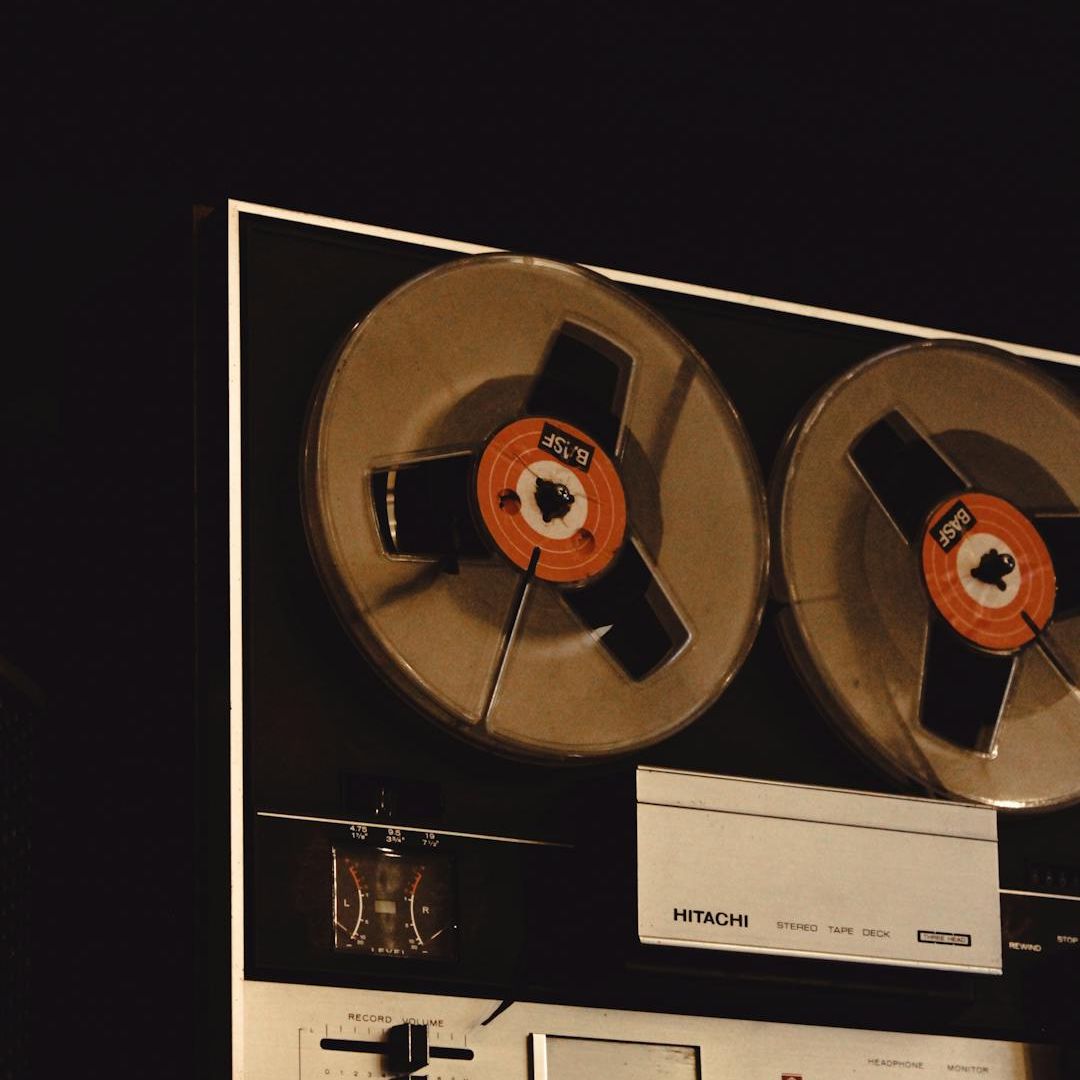Introducing Mndsgn isn’t an easy task: let’s try!
Mndsgn (read mind-design ) is a world apart in modern beat-making, the much loved-hated beat scene, as we call it.
He’s relatively new to the world of music, for some time now under the aegis of PBW and his Stones Throw imprint, Ringgo Ancheta, this is his real name, grew up between the jungle of the Philippines and a quiet suburb of New Jersey, where there was not even electricity, according to some.
Its dimension in music appears as a direct reflection of the personal search for inner calm and peace, in an almost Zen path. Yet his nickname was inspired by the Nas lyrics of Illmatic, and his “mental” attitude is probably due to the fact that he is the son of a neuroscientist.
The result is a cerebral and earthly beat-making altogether, child of the Los Angeles scene as much as of the youthful isolation, able to release delicacy and primordial vital force through soft and syncopated grooves, using samples and enriching them with arrangements of vintage instruments.
Very prolific as a soloist, few of his collaborations with other artists, but among all, we remember Ivan Ave and Danny Brown. On the occasion of his recent stop in Rome for a quick DJ set, our Sora Larri just had a few questions to ask him. And this is the result.
First commercial beat sold/placed:
Maybe not the first beat that I sold…I can’t really say the first beat, but I can say that I started to take musicianship more seriously around 2007-2008, but I’ve been making music since I was in middle school, since I was around 13.
How old are you?
I’m 26.
How long did it take you to produce something that you were proud of?
Oh man, sometimes it takes months, sometimes it takes a day. When I really started taking music to the next level instead of sitting down for an hour or two, you know, I sit down throughout the day, spend a few hours, take a break, then spend more hours…just keep focusing, I’m very patient.
Favourite production set-up:…mmm…right now the set up that I have is my favourite. I’m using Ableton Live. It’s so efficient, I can run everything in there, I can run audio out and it’s extremely fast.
What about the SP-555 sampler I saw you were using live?
For live performances, the Roland SP-555 sampler is my choice, because I like the effects, mostly, and when I want I wrap up my stuff…I have a Yamaha DX5, it’s keyboard/synthesizer. Sometimes I run that into the Roland SP using the effects.
Best digging advice from someone ever:
Oh, man! It depends, you know…because a lot of people crate dig just to sample, but I think the best way to go about it is to find music that you enjoy listening to from beginning to end, not just the beginning, not just one little part, you know?
Analyze the whole song. Also, keep listening to music and find what it is that resonates with you so that you can find what era is of your interest. To put it simply just keep exploring, don’t box yourself into one sound, don’t be afraid.
Any interesting or weird diggin’ stories?
Weird?! *laughs* no man, no, but…I’ll tell you about a special story, it isn’t necessarily weird but it is special: I was in the Philippines, which is where my family is from, last year. There are some spots. I wasn’t there for too long but I was able to hit this one place, it was a small shop and it had a lot of original Pinoy music that you don’t have access to in the States.
(Pinoy) it’s amazing, you probably only find it there so I feel it was really a special occasion for me to be able to go where my family it’s from and see what kind of music they have access to there.
I was there with my friends Knxwledge and Pyramid Vritra, just goin’ through crates. I found some good Filipino stuff and some good American stuff that was left behind by people that were in the military at the time. They would collect music and when they had to go home they didn’t want to bring too much back so they would leave it there.
Producer, in the last 3 months, that made you say: “Oh, shit, I have to go back to the lab!”:
Yes, it’s an older producer, his name is Dave Grusin, he produced a lot of jazz, funk, fusion stuff mostly from the late 70s, early 80s. He actually had a record label called GRP and he released a lot of talents like Angela Bofill, Don Blackman, you know, funk and soul stuff.
The Don Blackman’s record was produced by him, it’s called Holding You, Loving You and that’s one of my favourite records that Dave Grusin produced, it’s some early funk, like from ’82. I don’t think I can beat him but I can definitely take inspiration from him.
Your worst production mistake ever made: Oh man, I make mistakes all the time. I feel like the more I’m open to mistakes the more that I can discover new things.
One of my favourite mistakes is when I’m sitting down playing the keys and I play a chord that was unintentional and I analyze what I played and I realize that I played a new chord that I never played before. Accidents like that happen all the time and I think they’re beautiful, expanding my knowledge in music theory and composition.
See, I’ve never received formal training but I’ve always had a keyboard around since I was young, like since I was in elementary school. Just a 61 key, just teaching myself, not realizing it but at the time I was recognizing the relationship between playing certain keys and chords. That’s all stuff that I self-taught to myself.
One essential mixing tip:
Mmm…always a few Dbs of headroom on your master channel. You can make it as dirty as you want, as dirty as it can be, but as long as there’s some headroom on the master channel you’re good, ’cause people can turn it up and it would sound back to your ears but you can still retain the quality.
That’s like a really technical tip: pay attention to your master channel, make sure it’s not clipping, especially if you’re using digital and just have fun with it, experiment, don’t be afraid to make mistakes.






